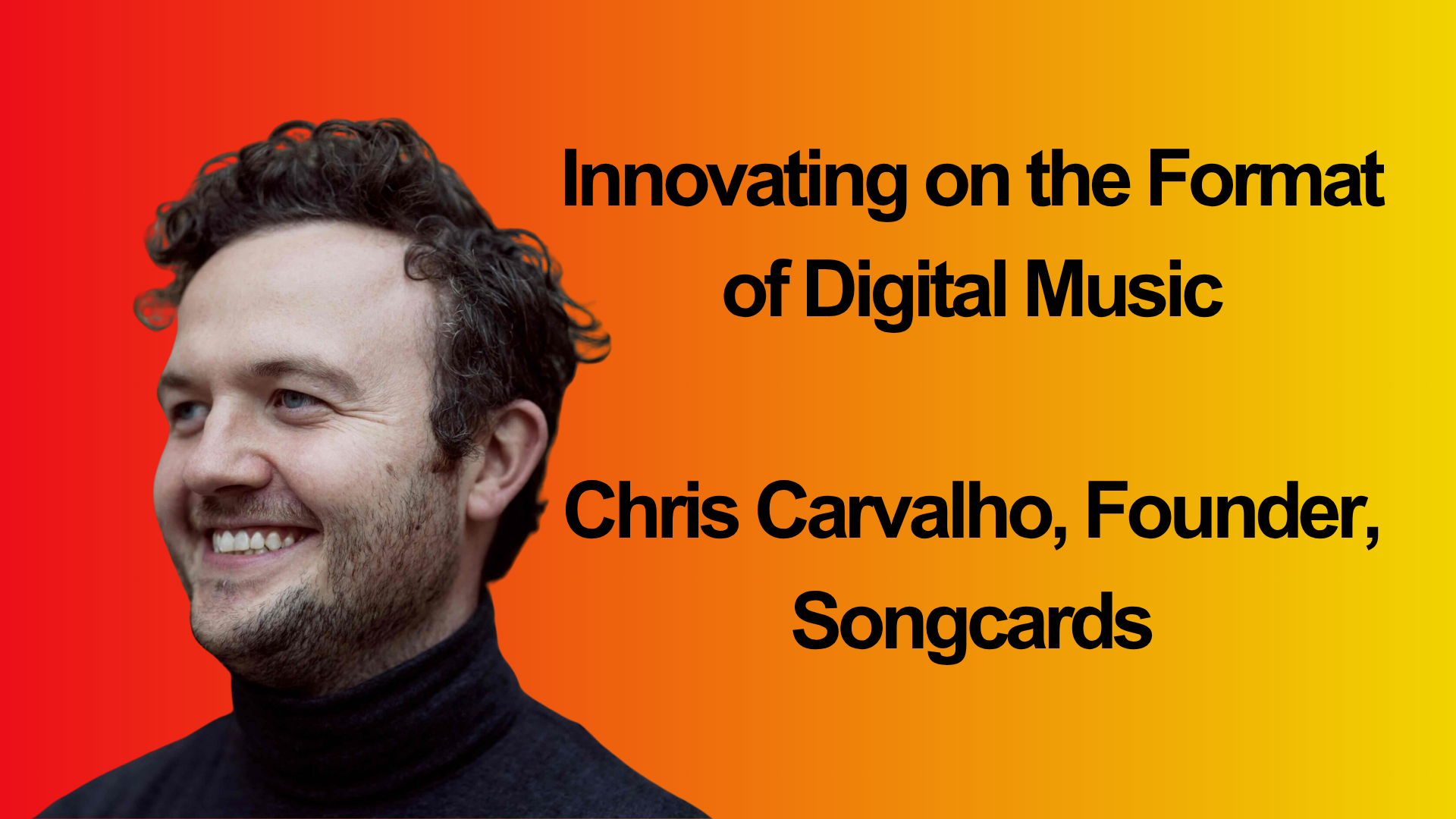By Chris Carvalho, Founder, SongCards
Digital music has had a turbulent past to say the least.
Starting with CDs, indeed a digital music format, the music industry thrived on selling music via this medium. A physical and tangible means of storing, distributing, and marketing music releases.
Then MP3 and file sharing came along and the bottom of the recorded music industry fell from underneath it.
Now enter streaming. A business model that eventually became the number one revenue source for recorded music.
Streaming innovated on the access, discovery, and cost of digital music.
But what innovations have there been in digital music as a format?
We still talk about singles and albums as if they are still bound to the finite nature of the mediums that defined them.
They still largely compose a list of tracks, lists as short as one song and upwards.
But digital music as a format could offer so much more.
Streaming’s version of digital music is the lowest common denominator. Highly compressed, transportable packages of songs designed to get to the consumer faster and at the highest possible volume.
The prevalent model of streaming, whether it be music or film, is based on a rental model. At first this makes a lot of sense to the consumer. I rent everything today and consume it again tomorrow.
But where’s the sense of ownership?
Where’s the innovation for the music buyers and collectors?
Digital music as a format has hardly evolved for them.
Show me a format I can wear on my sleeve, that I can show off to my friends, that is truly mine when I buy it, that I can take with me and use in various players without restriction. It might even have my name on it and be unique to me in some way or another.

